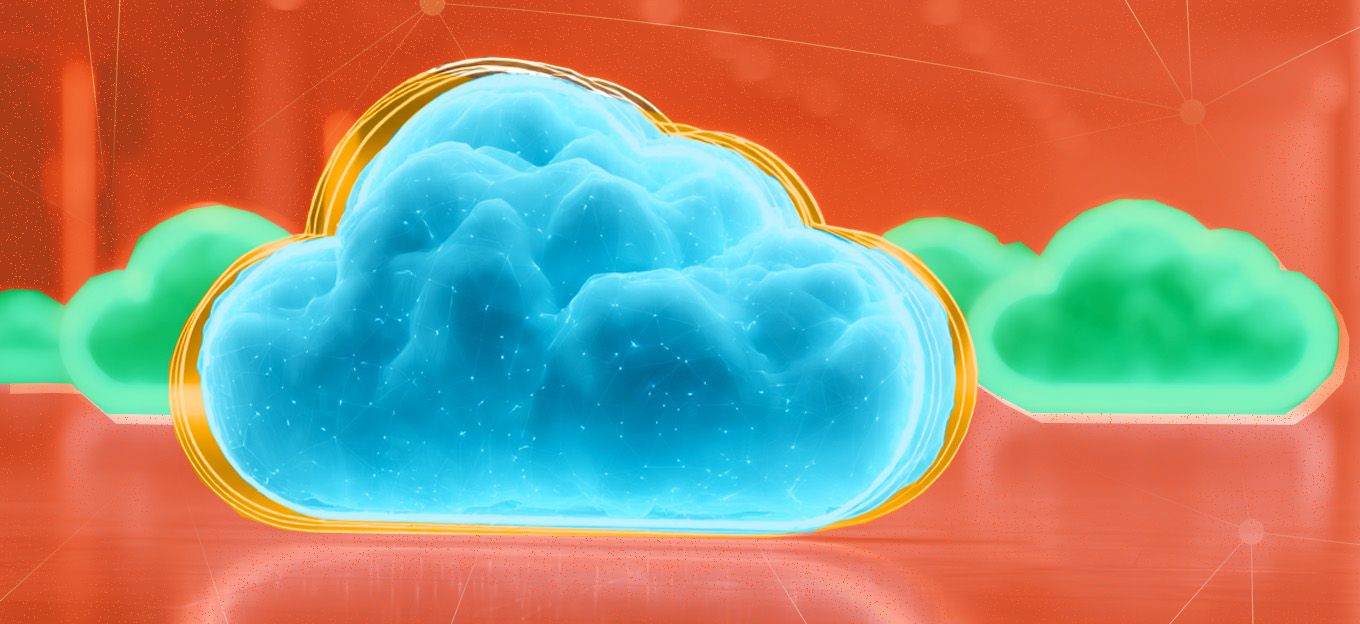LPWAN, the Cloud, and the Future of the IoT
LPWAN, the Cloud, and the Future of the IoT
- Last Updated: December 2, 2024
Semtech
- Last Updated: December 2, 2024



The adoption of IoT applications for both business and consumer use continues to rise, with 2021 projected to bring more changes than we’ve experienced before steadily. In fact, a new report from Research and Markets predicts the total number of IoT connections worldwide will increase from 1.5 billion at the end of 2019 to 5.8 billion in 2029.
Together, LPWAN and the Cloud will drive the increased use of sensors across all industries to unlock the opportunity of IoT.
From smart homes and cities to the smart factory floor, wireless technology enables seamless, uninterrupted experiences for end-users leveraging IoT across various Applications. Driving adoption is several advancements being made in Low-Power Wide-Area Networks (LPWAN) and the Cloud, which will continue to enable these experiences through scalable networks and lower-cost sensors.
LPWAN
LPWAN technology operates at long ranges – much longer than cellular links – and offers lower power consumption and cost. The lower cost is found in the sensors and wireless transceivers, resulting from the continued decline in chip costs, while the extended battery life improves overall operational savings. For Applications involving periodic or inconsistent data transfer over long distances for a significant amount of time, LPWAN is a great solution.
To support sensor networks, the integration of cloud technology will play a key role in managing the large amounts of data transferred across them. The seamless transition of data into cloud servers will better equip organizations to deliver actionable insights. In 2021, LPWAN technology and the cloud will drive changes across many industries, but four in particular jump out: smart homes, smart cities, smart factories, and smart retail.
Smart Home
Low-cost sensors will enable more scalable and cost-efficient smart home applications. LPWAN systems will enable more home devices to connect and communicate with each other at a faster rate.
Smart City
LPWAN can support many different Applications in a smart city, such as traffic management, smart parking and air quality monitoring. The longer range of LPWAN systems is ideal for these types of scenarios. Similarly, with the integration of LPWAN, cloud-based IoT applications can receive, analyze and manage data in real-time to help individuals and communities make decisions that improve quality of life.
Smart Factory
Integration with cloud technologies to manage vast amounts of data is vital, as the integration of the LoRa protocol into the Amazon Web Server (AWS) cloud allows millions of nodes to be added quickly and easily. These LPWAN sensors are already being widely used to monitor and track progress in the smart factory. Adding additional sensor nodes with simpler data management builds the more complex digitalization that builds on the promise of Industry 4.0.
Smart Retail
Similar advantages have started to enter smart retail. Organizations with minimal infrastructure can track items with LPWAN sensors to automate stock checking and supply chain management or track valuable data, including location, temperature, and shock, and tilt for insight into traceability and quality control.
Expanding IoT Even Further
We’ve seen a lot with smart homes and cities, but another emerging opportunity is the smart community. Peer-to-peer networks are becoming more commonplace, with a business model that enables one access point to service a number of homes and link to other nearby access points.
The rollout of networks supporting large-scale IoT deployments from the smart home into the community has been relatively slow. Despite the declining cost of sensors and connectivity, the costs and complexities associated with installing and managing network access points have hampered growth, but that’s all about to change. 2021 will bring on a low-power, low-cost network capability that already exists in millions of homes – LPWAN.
Amazon is a company that has previously leveraged LPWAN capabilities for the monitoring and management of smart devices, like the Ring doorbell. Now, Amazon is opening that network capability up to third-party sensors and actuators. Leveraging smart speakers as the access point not just for one house but for many in the community allows the use of LPWAN systems in many more applications around the home, from smoke and gas alarms to security lighting and energy management to leak detection. This can also expand to the smart city to extend connections through neighborhoods, providing data from smart sensors without requiring a city-wide infrastructure.
A pervasive network's availability will allow LPWAN transceivers to become integrated into equipment for tracking from the smart factory to retail distribution and supply chain and into a smart home or smart city. Together, LPWAN and the Cloud will continue to drive the increased use of sensors across these areas to unlock the opportunity of IoT.
The Most Comprehensive IoT Newsletter for Enterprises
Showcasing the highest-quality content, resources, news, and insights from the world of the Internet of Things. Subscribe to remain informed and up-to-date.
New Podcast Episode

The State of Cybersecurity in IoT
Related Articles


